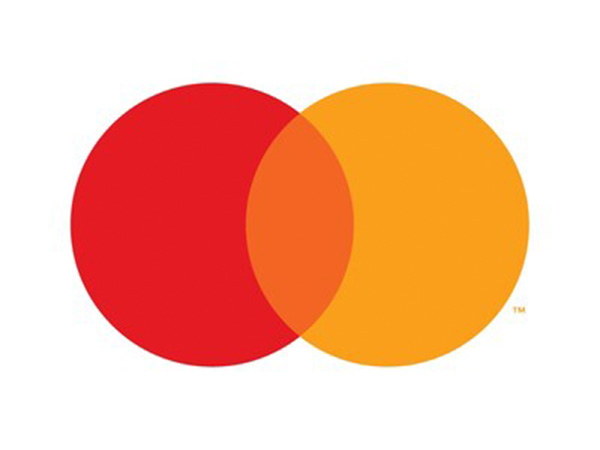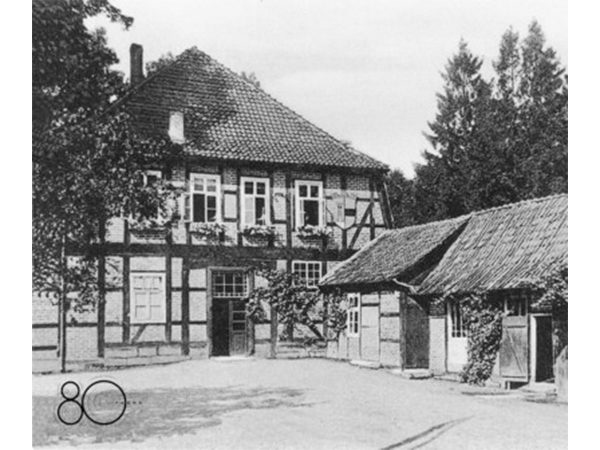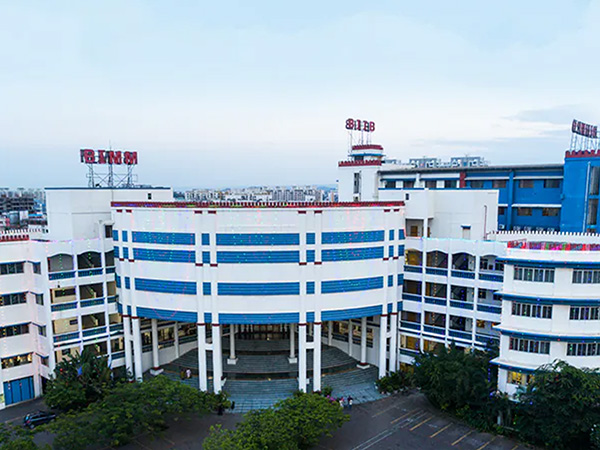PRNewswire
Singapore, June 18: Gen Alpha (the digital-first generation born 2010 onwards) isn’t waiting to grow up before engaging with money — they’re already making their mark on the world of digital finance. In the Asia-Pacific (APAC) region, new research from Mastercard shows that 94% of Gen Alpha children[1] already have access to a financial account[2], while many hold digital wallets (58%), investment accounts (49%), and credit cards (48%). Nearly half (47%) of Gen Alpha parents say their children have introduced them to digital financial tools they did not know about, flipping the traditional script of financial education.
* Young, digital, and defining their financial future: Gen Alpha is learning to manage money as young as 7
* From biometric security to agentic AI, Asia-Pacific consumers want smarter – not more – innovation
Preparing Gen Alpha for a digital-first financial future
Gen Alpha parents anticipate their children will grow up in a digital-first financial world–one where they may never own a physical wallet (72%) or carry cash. And while kids are gaining early exposure to money matters, many Gen Alpha parents in APAC are actively working to keep pace:
* 63% believe their children are more financially savvy than they were at the same age.
* 60% are unsure that their financial knowledge applies to their children’s generation.
* 53% admit their kids know more about new payment methods than they do.
* 82% wish there were more tools available to teach children about finances.
With the rise of digital wallets, mobile payments and virtual accounts, APAC families are calling for smarter, future-ready solutions that will set their children up for success. This gives visionary banks and financial institutions an opportunity to pave the way by delivering digital tools that not only simplify money management but also support how children learn about finances. For instance, Gen Alpha parents are showing strong interest in features like educational content (67%), parental controls (57%), seamless account transfers (55%), real-world learning simulations (48%), and gamified experiences (43%).
“To truly connect with Gen Alpha–and their parents–the payments sector needs to speak their language. These kids aren’t here to play–they’re here to slay, save, and spend smart. They’re low-key money bosses, tapping phones before they can tie shoes and turning budgeting apps into their playground. Cash? Not their go-to. Today, it’s all Tap & Go. For banks and FIs, the signal’s loud and clear: Gen Alpha expects payment experiences that match their vibe–seamless, savvy, and built-in from day one. Think custom digital wallets, in-app payments that just flow, and secure tools that level up as their finance game evolves,” said Sandeep Malhotra, Executive Vice President, Core Payments, Asia Pacific, Mastercard.
Innovation without overload: APAC leads globally, but adoption is uneven
Gen Alpha may be early adopters, but APAC consumers of all ages are embracing payment innovation:
* More than half (53%) prefer using new and innovative payment methods — such as Tap & Go mobile payments, biometric payments, QR codes and mobile wallets — over traditional methods like cash or manual card entry, reflecting a widespread appetite for innovation.
* This compares to just 25% in North America and 24% in Europe, underlining APAC’s receptivity to adopting emerging digital payment solutions.
Yet, this enthusiasm isn’t evenly distributed across the region:
* 70% of consumers in Vietnam prefer new payment methods, while only 35% in Japan do, with the percentage even lower in Australia (25%).
* Several factors contribute to this trend: markets like Vietnam, Indonesia, and Malaysia are leapfrogging straight into mobile-first ecosystems, while more developed economies such as Australia and Japan still rely heavily on more entrenched payments infrastructure like physical cards and cash.
This paradox extends to emerging technologies: Although 86% of APAC consumers are keen to use AI to manage their finances — particularly for fraud detection, payment automation, product personalization and predicting financial outcomes — eagerness varies across markets. In Australia and Japan, interest in AI is focused on practical applications like security rather than financial planning or personalization.
These differences highlight the need for financial innovations that are relevant by design, not retrofitted from legacy systems. That’s why Mastercard is investing in mobile-first and agentic AI-powered experiences like Agent Pay — which support decision-making at every step of the commerce journey.
Convenience is now king: What APAC consumers expect
As payment options grow, consumers are seeking hyper-convenient ways to manage money that fit seamlessly with their digital usage habits. They want flexibility to customize how they pay, tapping into digitally native methods like peer-to-peer or peer-to-merchant payments, QR codes, wearables and social commerce.
* Super apps are the new baseline: 70% of APAC consumers use or want all-in-one apps to manage payments, shopping, and more, with Indonesia (86%) and China (84%) leading the pack. As these platforms become mainstream, payment tools must meet consumers where they already are — not the other way around.
* Social shopping is shaping commerce: 39% of APAC consumers have bought through chat or social apps, with China (61%) and Vietnam (56%) in front. More than three in five consumers (64%) say influencers now shape their buying decisions. Embedding seamless payments into digital leisure spaces like social media apps is key to enabling this shift from browsing to buying.
* Trust and security are top of mind: While 74% of APAC consumers see biometric payments as more secure than traditional methods, 78% are concerned about who has access to their data. This tension highlights a broader challenge to simplify security without sacrificing control and convenience. Mastercard solutions like tokenization, Payment Passkeys and AI-driven authentication help bridge this trust gap.
“Gen A’s not just watching trends, they’re setting them–and if your brand isn’t flexing in their digital wallet or showing up in their feeds, you’re basically invisible. They vibe with brands that keep it 100–authentic, ethical, and super aesthetic. And here’s the real flex: when money tools are intuitive and secure, they don’t just manage spending–they build confidence. That’s when innovation hits different,” added Malhotra.
Research methodology
The findings in this release are based on a global research study conducted by The Harris Poll on behalf of Mastercard. The survey gathered responses from 19,302 consumers across five global regions, including 9,131 consumers in Asia Pacific. The study was conducted via a quantitative online survey, administered from September 4 to September 20, 2024. It covered five regions: North America, Latin America and Caribbean, Europe, Middle East & Africa, and Asia Pacific. APAC markets included Australia, China, India, Indonesia, Japan, Malaysia, Singapore, Thailand, and Vietnam.
About Mastercard
Mastercard powers economies and empowers people in 200+ countries and territories worldwide. Together with our customers, we’re building a resilient economy where everyone can prosper. We support a wide range of digital payments choices, making transactions secure, simple, smart and accessible. Our technology and innovation, partnerships and networks combine to deliver a unique set of products and services that help people, businesses and governments realize their greatest potential.
www.mastercard.com
[1] The mean and median age of Gen Alpha children represented by their parents in this study is 7.24 years and 7 years respectively.
[2] These include account(s) in their own names and account(s) owned by an adult such as their parent(s) or guardian(s).
(ADVERTORIAL DISCLAIMER: The above press release has been provided by PRNewswire. ANI will not be responsible in any way for the content of the same)
Disclaimer: This story is auto-generated from a syndicated feed of ANI; only the image & headline may have been reworked by News Services Division of World News Network Inc Ltd and Palghar News and Pune News and World News
HINDI, MARATHI, GUJARATI, TAMIL, TELUGU, BENGALI, KANNADA, ORIYA, PUNJABI, URDU, MALAYALAM
For more details and packages
















